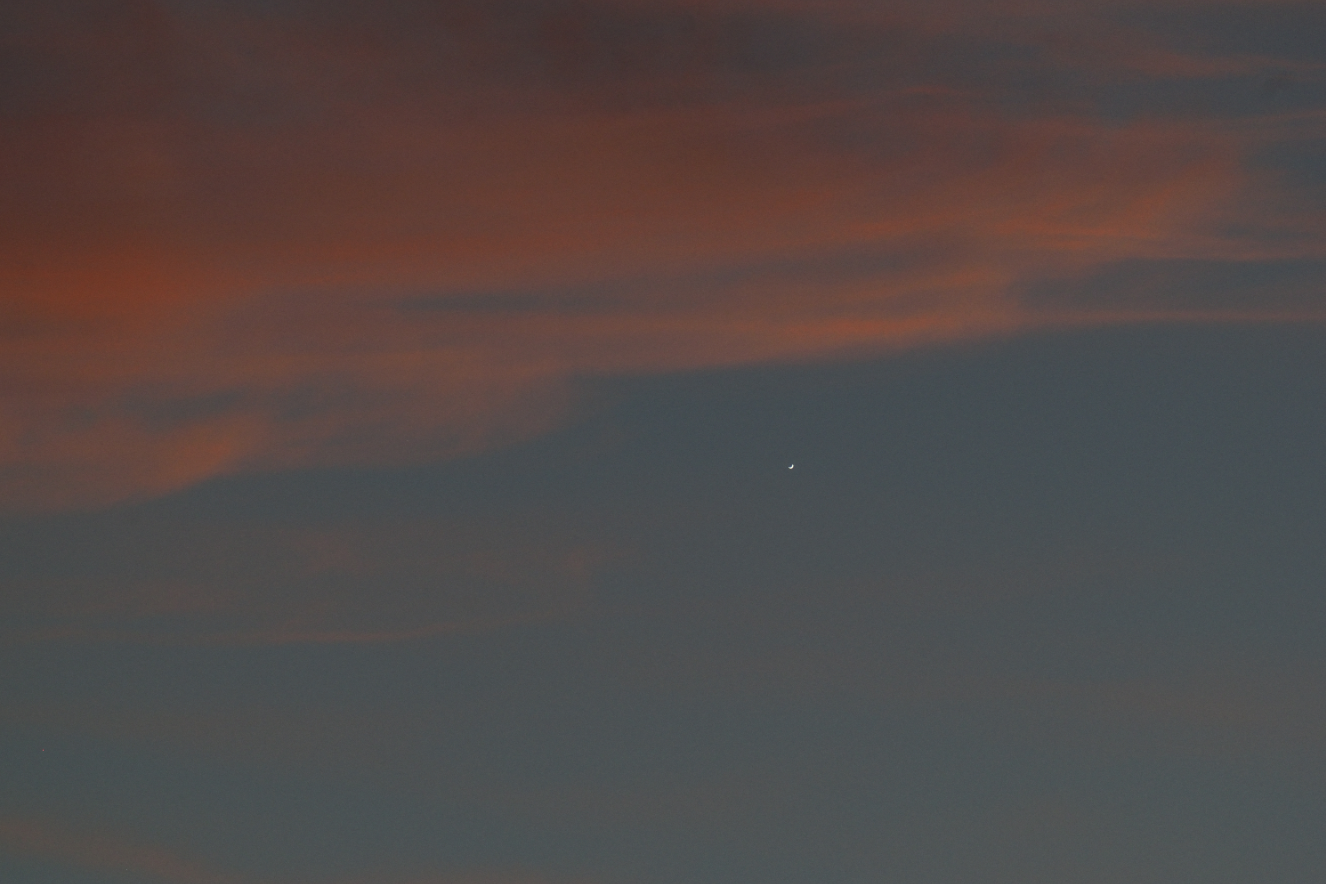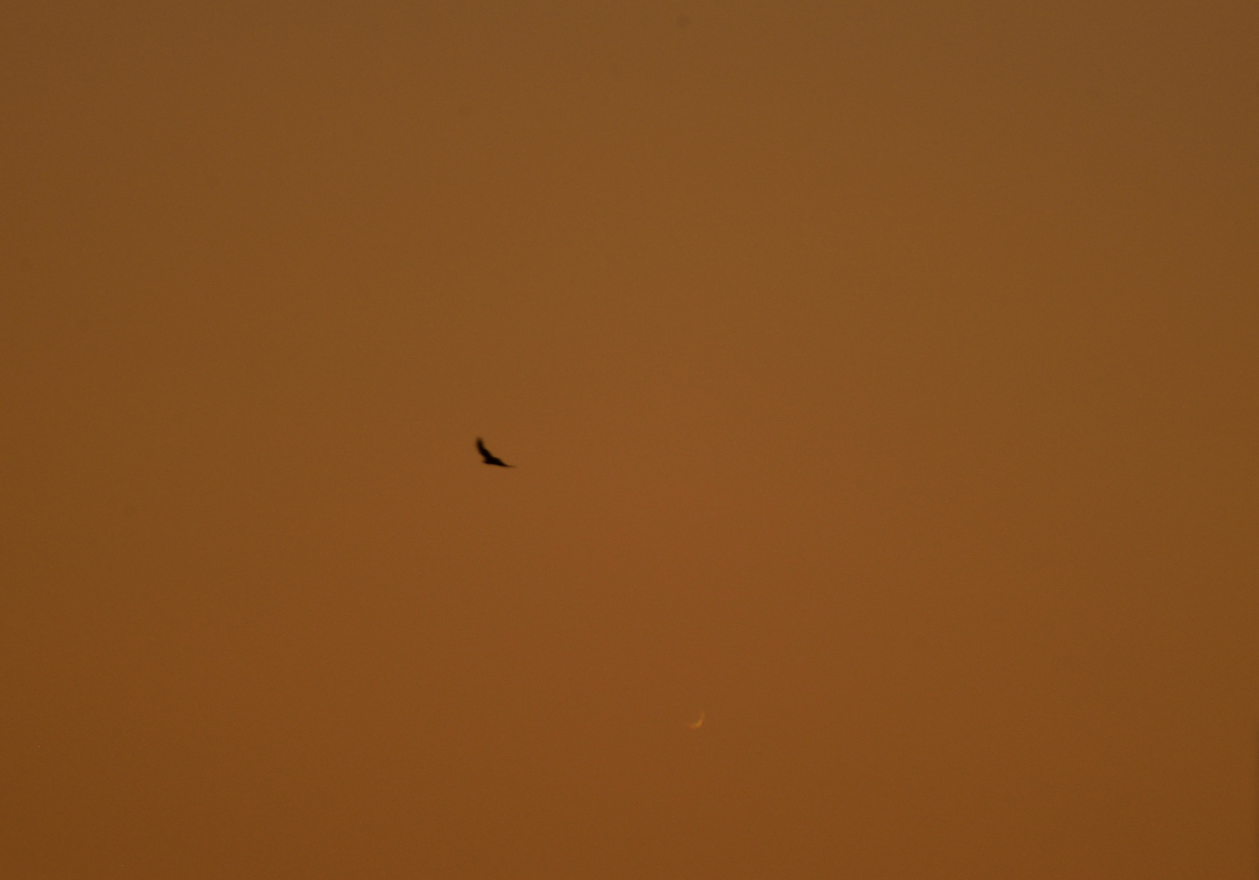Astrophotography with Sigma 150-600mm DG OS Contemporary and dedicated teleconverters
The summary of my amateur test with a Sigma 150-600mm DG OS Contemporary lens and two teleconverters TC-1401 and TC-2001 includes the astrophotography section. I wanted to check this lens in terms of its ability to capture celestial objects. The fundamental difference between celestial objects and terrestrial objects is, that these first are in motion, as the Earth rotates. It means, that we cannot make long exposures without the tracker. At very long exposures such as these, we have tied hands basically, because the exposure time is very restricted, even to 1 second only at 1200mm. Regardless very narrow aperture, if you have a tracker, you can still get more from the Sky. The problem, unfortunately, is not a restricted time of exposure, but the sharpness and image resolution, which is quite poor at the maximum focal length. It’s next multiplied by the teleconverter value, which makes output images not really useful. The 3 previous articles describing both the Sigma 150-600mm DS OG HSM, as well as both dedicated teleconverters, described all the things, which a user can experience when using. Now I want to share with you the example images of celestial objects.
- Sun – the most dangerous object to capture, but definitely does not require a long exposure. Bear in mind, that narrower apertures might result in blurry edges.
- Moon – so easy to capture, because of its size and amount of light. You can use this kit without hesitation and get decent results.

Pic. 4 Moon in the daylight sky. Exif: 600mm, 1/500s, f/11, ISO 400. See an original image here.

Pic. 5 The 1st quarter of Moon. Exif: 1200mm, 1/125s, f/13, ISO 1000. See an original image here.

Pic. 6 The Moon at 1200mm focal length. Exif: 1/125s, f/13, ISO 100. See an original image here.
- Venus – another object easy to capture with this telephoto kit. However, it’s good when close to the inferior conjunction. Only the crescent Venus draws significant attention.

Pic. 7 The Venus crescent was seen on May 22. Exif: 300mm, 1/125s, f/10, ISO 450. See an original image here.

Pic. 8 The Venus crescent was seen on May 29. Exif: 1200mm, 1/10s, f/18, ISO 125. See an original image here.

Pic. 9 The Venus crescent was seen on May 31. Exif: 1200mm, 1/10s, f/18, ISO 125. See an original image here.
- Jupiter – easy to spot and easy to capture. Unfortunately, the poor image quality received from the Teleconverters attached to the Sigma 150-600mm f/5 – 6.3 DG OS HSM Contemporary lens doesn’t reveal any details at all.
- Mars – another bright planet, when near the opposition. The view is similar to Jupiter. Bright object with no details on its surface.

- Saturn – if you have a good tripod, the rings are easy to spot. This is only one element, which distinguishes this celestial object.
- Mercury – is well visible, but appears only as a dot. The detection of the planet phase can be really hard.

Pic. 13 Mercury (on the left) in conjunction with Venus (on the right). Exif: 800mm, 1/125s, f/12, ISO 1600. See an original image here.
- The Neowise comet – a spectacular comet visible in mid-2020.

Pic. 13 The Neowise comet. Exif: 240mm, 3s, f/5.6, ISO 1600. See an original image here.
- Stars – can be easily visible, but you will have unpleasant distortion around them. Remember do not shoot images with exposure longer than 1s if you don’t have the tracker.
The Sigma 150-600mm f/5 – 6.3 DG OS HSM with both TC-1401 and TC-2001 is not the best lens for astrophotography unless you have a high-end tripod. You can only get decent images of the Moon, Sun, and Venus crescent. This is effectively all, that you can achieve in astrophotography with this bundle. It’s a shame. For someone, who uses the Sigma 150-600mm Sport version possibly Jupiter and Saturn look better. If you are going to buy this telephoto bundle for stargazing, even if you have a good tracker it’s definitely not a good idea. Regardless of my experience, you can try it on your own. If you have a better tripod, for example, you can make a correction to my approach.
Mariusz Krukar
Links:
Forums:
- https://stargazerslounge.com/topic/320104-sigma-150-600mm-for-deep-sky-widefield/
- Thoughts on Sigma 150-600mm f/5-6.3 DG OS HSM Contemporary Lens
- https://www.cloudynights.com/topic/576135-sigma-150-600-or-tamron-150-600/
- Jupiter with a Sigma 150-600mm C
Youtube:
Read also:
1. Sigma 150-600mm f/5-6.3 DG OS HSM Contemporary – a fantastic choice for distant landscape photography
2. Teleconverter 1.4x (TC-1401) for the 150-600mm f/5-6.3 Contemporary and other Sigma lenses
3. Teleconverter 2x (TC-2001) for the 150-600mm f/5-6.3 Contemporary and other Sigma lenses









